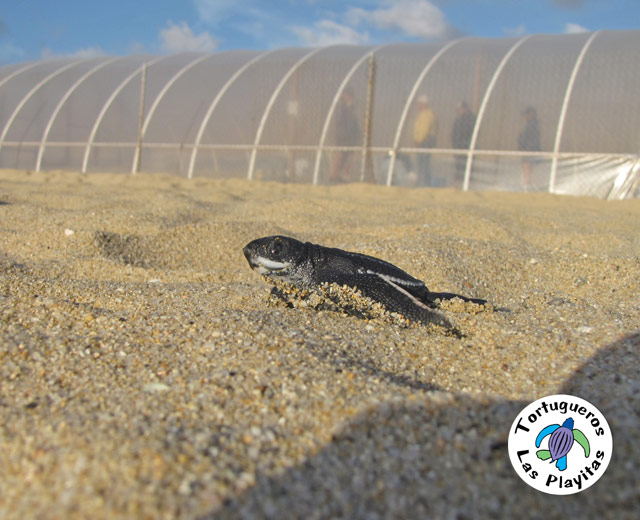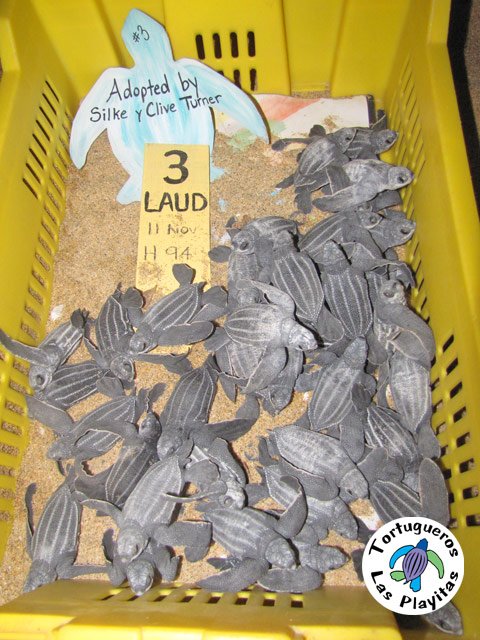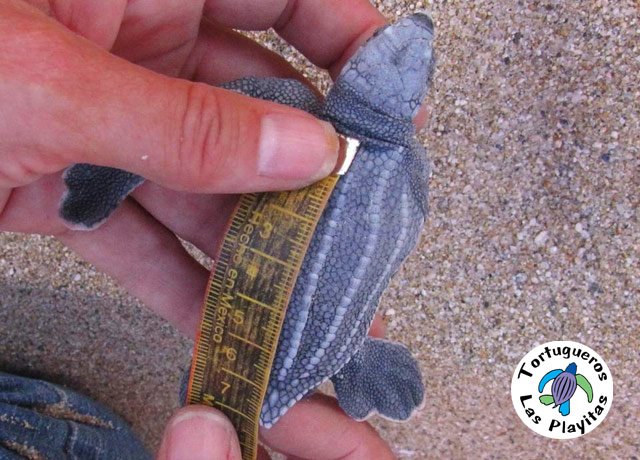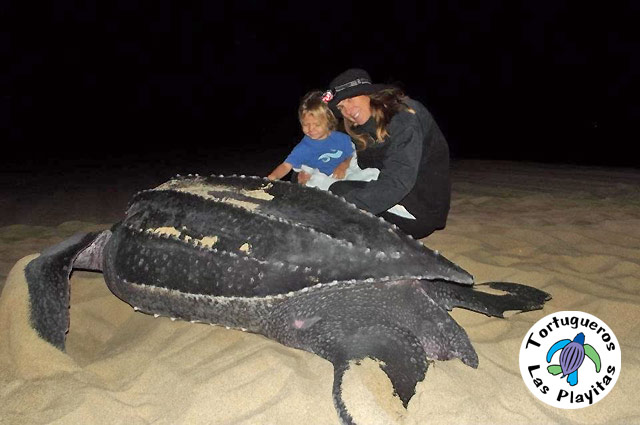
Baja California Sur is well-known as a region rich in vibrant wildlife, pristine waters and beautiful beaches. Sea turtles are some of the area’s most beloved inhabitants, making their nests on the warm sands of Baja. Unfortunately, a range of conservation challenges impact these magnificent creatures’ habitat and survival in Baja. Luckily, groups like Tortugueros Las Playitas are hard at work trying to ensure that they continue to survive – and thrive – in Los Cabos. We discussed their efforts with their team member, Francesca.
Tell me a little bit about Tortugueros Las Playitas. Tortugueros Las Playitas A.C. is a Mexican non-profit organization based in Todos Santos. Our group is made up of fishermen, biologists, teachers, and environmentalists whose mission is to protect the fragile marine ecosystems of Baja California with a special interest in sea turtles. We operate the world’s only incubation greenhouse which is used during the months of October – April when sand temperatures drop below the necessary 26 degrees Celsius required for sea turtle nest incubation.

What does your group do to promote conservation of the sea turtles? The critically endangered leatherback, the world’s largest sea turtle, nests on the beaches of Todos Santos (north of Cabo San Lucas on the Pacific Coast) from October through April, and without the greenhouse, the nests would fail to incubate, or produce very few low quality hatchlings. The greenhouse, invented by Biologist Elizabeth Gonzalez in 2004 raises the sand temperatures to optimal levels during cold months and even improves sex ratios of nests.
What kind of sea turtles nest in Baja California Sur? In addition to the leatherback, the olive ridley and black sea turtle also nest in this region and the nests laid during the cold leatherback season are also moved into the greenhouse to enhance their hatching success. It’s possible that nests from all three species will be incubating at the the same time in the greenhouse.

What is the turtle nesting / hatching season in Baja California Sur?
Hatchling releases begin around November 15 and last through April or May. The releases are located on the beach in Las Tunas and the public is welcome to observe. There are releases every day November 15 – January 15, and then sporadically throughout the end of the season.
How can people get involved with your program and learn more about conservation? Volunteers are always needed to help monitor the incubating nests, and run patrols at night to collect and relocate nests. Information about volunteering is available on the website www.todostortugueros.org.
We have a Nest Adoption Program, which helps generate funds needed to maintain the project. Participants’ names are placed on the nests, and photos and nest data are emailed once the nest hatches. It’s a great way to support the project and stay up to date on the progress. Nest adoptions and donations can be made at www.todostortugueros.org.

Photos courtesy of Tortugueros Las Playitas
Book your stay at select villas for travel between 6/1/25 - 9/30/25 and get a 5th Night Free!
More Details...